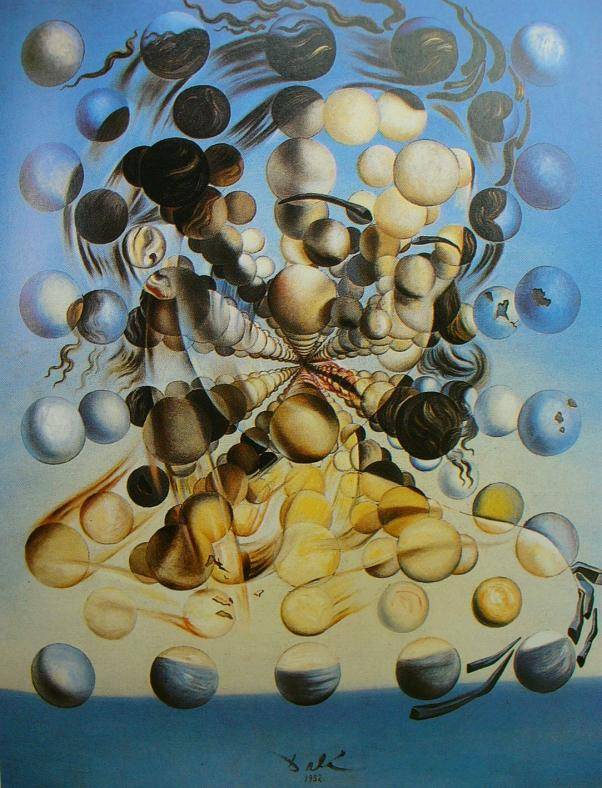 (Illustration found here).
(Illustration found here).
In this social-media world, a goodly-portion of users are drawn like ‘rats’ in posting shit on the varied media platforms in a pattern similar to ‘reward learning,’ seeking approval in ‘likes.’ A new study indicates we’re tied into the most-basic instincts — via NYU.edu this past Friday:
“These results establish that social media engagement follows basic, cross-species principles of reward learning,” explains David Amodio, a professor at New York University and the University of Amsterdam and one of the paper’s authors.
“These findings may help us understand why social media comes to dominate daily life for many people and provide clues, borrowed from research on reward learning and addiction, to how troubling online engagement may be addressed.”In 2020, more than four billion people spent several hours per day, on average, on platforms such as Instagram, Facebook, Twitter, and other more specialized forums.
This widespread social media engagement has been likened by many to an addiction, in which people are driven to pursue positive online social feedback, such as “likes,” over direct social interaction and even basic needs like eating and drinking.
…
More specifically, their analysis suggested that social media engagement is driven by similar principles that lead non-human animals, such as rats, to maximize their food rewards in a Skinner Box — a commonly used experimental tool in which animal subjects, placed in a compartment, access food by taking certain actions (e.g., pressing a particular lever).The researchers then corroborated these results with an online experiment, in which human participants could post funny images with phrases, or “memes,” and receive likes as feedback on an Instagram-like platform. Consistent with the study’s quantitative analysis, the results showed that people posted more often when they received more likes — on average.
“Our findings can help lead to a better understanding of why social media dominates so many people’s daily lives and can also provide leads for ways of tackling excessive online behavior,” says the University of Amsterdam’s Bjo?rn Lindstro?m, the paper’s lead author.
A side issue of the ‘rat’ analogy, is the new-current word, “doomscrolling,” which has become social media’s bleakest trend. We “as humans we have a ‘natural’ tendency to pay more attention to negative news”, so we’re back to our own personal Skinner Box as far as day-to-day combo of news and feelings/emotions.
Apparently, this ‘doomscrolling‘ became a thing shortly after the COVID-19 shit started to hit the fan — about this time last year — and groundwork laid by three years of constant confounded-terror created by the cruel-looniness of the T-Rump. And generated off science:
What is #Doomscrolling and how does it affects us?
Read more here:https://t.co/Pojb9DCnK5 #MARK1051
— Meryll Gabionza (@GabionzaMeryll) February 24, 2021
Technology mimics humanity and social media has become intertwined within itself where what you do with your right hand will be impersonated by your left — Jeffrey Hall, professor of communication studies at the University of Kansas in Lawrence. at CNN, also from Friday:
“There are actually three parts to this that are worth paying attention to. One has to do with the way that social media companies design their product and the user experience.
Another has to do with the user interface with that algorithm and the way it’s designed.
And third has to do with the way that we are attentive to negative information.Social media companies’ express goal is to gather more information about our viewing habits to capture our attention for longer periods of time. This is so they can monetize that behavior with the purpose of selling it to advertisers.
The algorithms are designed to maximize the amount of time people are paying attention to the app, and they evolve based on user engagement.
What you click on, what your eyeballs spend more time on, what you reinforce in your scrolling, tells the algorithm what you want to see more of. It becomes a funnel where you see information you’re not interacting with less and less.The third part has to do with your own attention processes.
People tend to have what’s called negativity bias when it comes to information. From an evolutionary perspective, it’s related to the idea that we needed to be more alert to threats.
If things are not particularly surprising, we can reside in a very low energy state, but as soon as we see something that’s potentially threatening or worrisome, it piques our attention.
The algorithms are picking up on what we engage in, and our attentive processes tend to focus on the more negative information.”
As I mentioned, a deadly virus coupled with way-too long under T-Rump’s history-making tsunami of negativity. Never has so much horrible, heart-breaking shit tossed onto the public, both here in America, across the sea, and in “shithole countries,” too. Doomscrolling is a forced-reactionary action.
And today the T-Rump continued his bloated, negative bellowing in his first rally-like appearance since dragging his whiny ass out of the White House. He gave the keynote shit-speech at the CPAC psychotic gathering in Florida. I didn’t see the twisted sermon, in fact, I became slightly nauseous when I spied a headline, or saw a photo of the asshole as I doomscrolled — I wanted to keep him out of this post because of the damage to be done from all the lying, shit-sputtering crap.
Yet:
If anyone thought the January 6th insurrection and ensuing impeachment trial would have chastened Donald Trump or forced him to accept electoral reality, they thought wrong. @atrupar on Trump's #CPAC speech https://t.co/MMayZzeNHO
— Ian Fraser (@Ian_Fraser) March 1, 2021
Shit never changes, shit is always shit, until it is washed away — so relax:
Terminate the shit…
 (Illustration: Salvador Dalí’s ‘Galatea of the Spheres,’ found here).
(Illustration: Salvador Dalí’s ‘Galatea of the Spheres,’ found here).